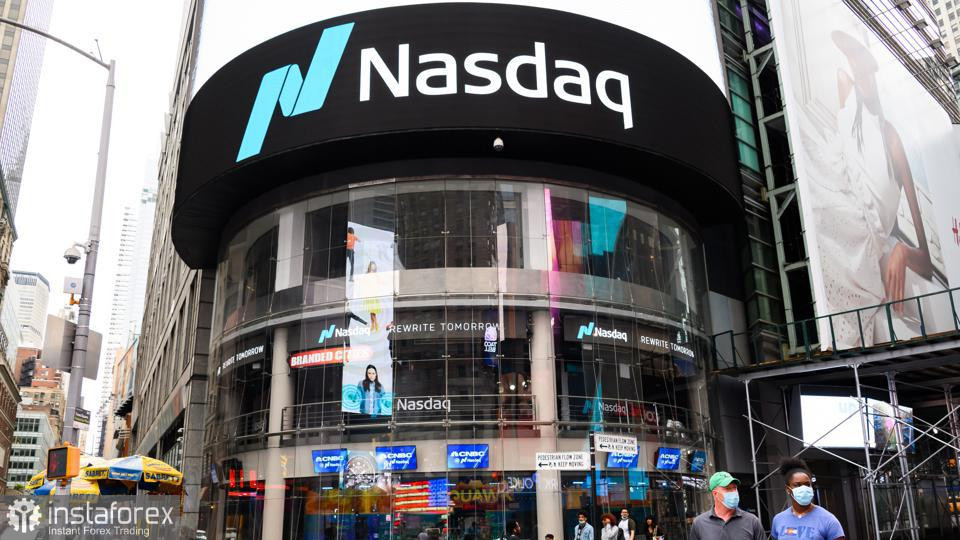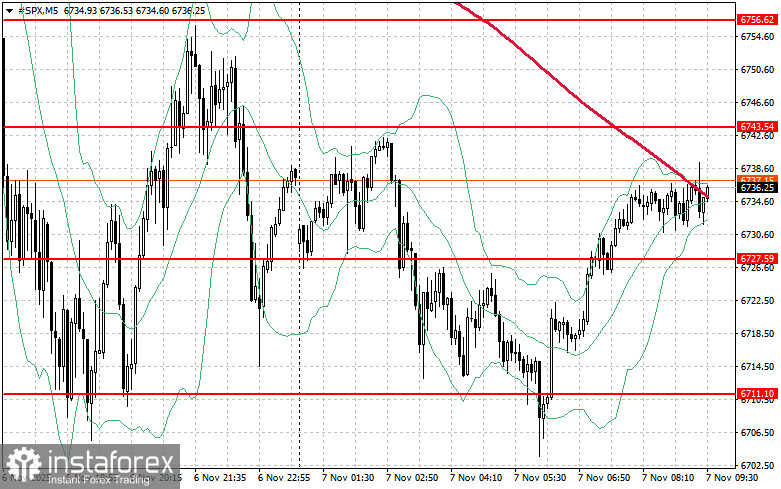Yesterday, US stock indices closed with losses. The S&P 500 fell by 1.12%, while the Nasdaq 100 dropped by 1.90%. The Dow Jones Industrial Average lost 0.84%.
Asian indices also fell at the end of a week marked by conflicting opinions, as investors balanced optimism regarding technological advancements with concerns over inflated valuations in artificial intelligence. The MSCI Asia Pacific Index declined by 0.9%, putting it on track for its worst week since early August. Shares in AI-related companies, such as Nvidia Corp., also fell again yesterday, while the volatility index (VIX) rose sharply. The MSCI All Country World Index is poised for its first weekly decline in four weeks.

Investors who fueled the rally with expectations of Federal Reserve rate cuts and AI-driven economic growth are now questioning the profitability of massive capital expenditures. Wall Street executives have also taken a more cautious stance recently, as further market growth following the April slump increasingly depends on an ever-narrowing group of companies. This narrow growth base raises concerns about the sustainability of the rally. If a small number of large tech companies continue to dominate the market, it increases the risk of a sharp correction if these companies begin to face difficulties. The broad market needs to demonstrate more even participation to confirm the long-term sustainability of the upward trend.
Moreover, the re-evaluation of the prospects for Fed rate cuts puts additional pressure on the market. Investors, who initially baked in several rate cuts throughout the year, are now forced to revise their forecasts amid persistent inflation and economic resilience. This leads to rising bond yields, making stocks less attractive compared to fixed-income investments.
The trend of sell-offs followed by buying the dips emerged after the earnings season came to an end, and investors began to rely more on private data amid the absence of official economic reports due to the ongoing US government shutdown. Investors also faced conflicting opinions regarding the possibility of further rate cuts.
Yesterday, Federal Reserve Bank of Cleveland President Beth Hammack stated that inflation poses a greater risk than a decline in employment. Her Chicago counterpart, Austan Goolsbee, noted that the lack of inflation data during the government shutdown raises concerns about rate cuts. Governor Michael Barr mentioned that officials still need to work on lowering inflation while ensuring labor market stability.
Let me remind you that last week, Fed Chairman Jerome Powell warned that a rate cut in December is not a predetermined decision. Investors still assess the likelihood of a rate cut at around 70%.

Regarding the technical picture of the S&P 500, the main task for buyers today will be to overcome the nearest resistance level of $6,743. This will help the index gain ground and also pave the way for a potential breakout to the new level of $6,756. An equally important objective for bulls will be to maintain control above the $6,769 mark, which would strengthen buyers' positions. In the event of a downward move driven by reduced risk appetite, buyers must assert themselves around the $6,727 area. A break below this level would quickly push the trading instrument back to $6,711 and open the path toward $6,697.
 English
English 
 Русский
Русский Bahasa Indonesia
Bahasa Indonesia Bahasa Malay
Bahasa Malay ไทย
ไทย Español
Español Deutsch
Deutsch Български
Български Français
Français Tiếng Việt
Tiếng Việt 中文
中文 বাংলা
বাংলা हिन्दी
हिन्दी Čeština
Čeština Українська
Українська Română
Română

